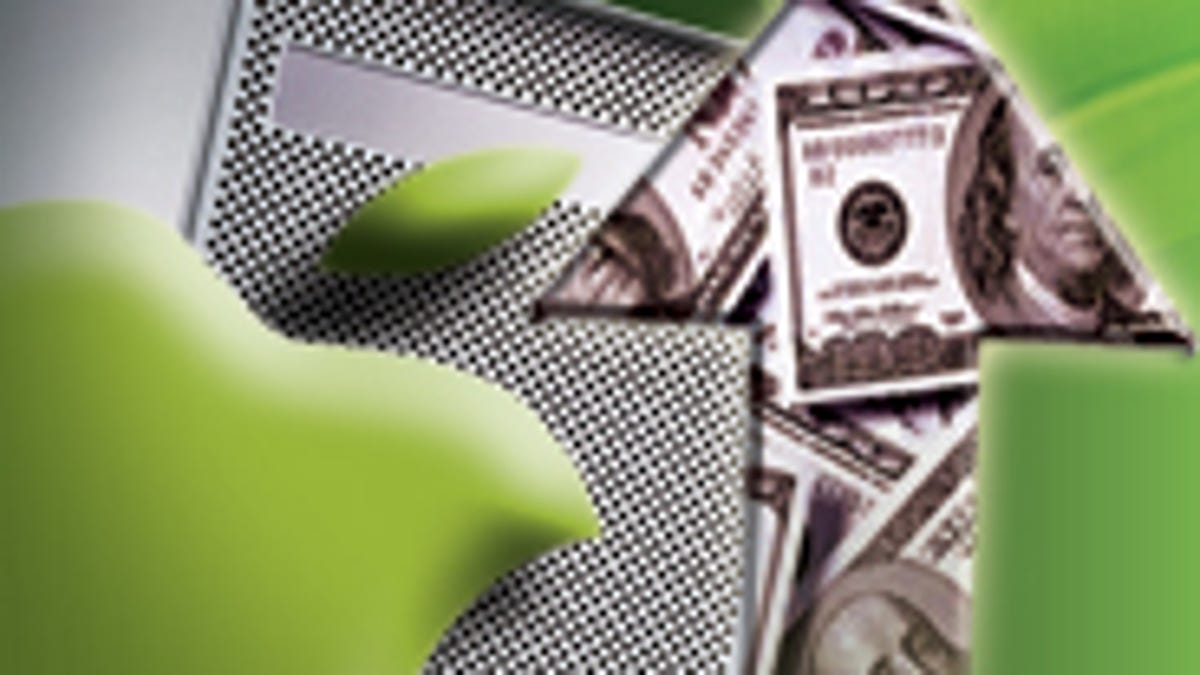For Apple, $7.1B should keep supply chain humming
Exerting tremendous control over its supply chain and not afraid to spend big to ensure it gets its way, Apple looks likely to double its capital expenses in this area to more than $7 billion next year.

Apple's tight control of the supply chain has been one of its competitive strengths. And that control should get even tighter next year as the company plans to double its current level of spending.
With a treasure chest of more than $80 billion in cash and investments, Apple is looking to spend a whopping $7.1 billion on supply chain expenditures in 2012 and another $2.4 billion in prepayments to major suppliers, according to a profile by BusinessWeek.
Citing interviews with former Apple employees, executives from suppliers, and management experts, BusinessWeek revealed how Apple has spent big bucks over the years to command the entire supply chain process, from design to manufacturing to retail stores. By cutting deals with suppliers and prepaying for huge volumes of components, the company guarantees that it has the parts it needs at a discount. But it also effectively shuts out rivals that need the same parts.
Apple's fearlessness at spending big money to get what it wants has surfaced in at least one unique situation, recounted by BusinessWeek.
About five years ago, the company's design expert Jony Ive wanted a green light to shine above the screen of a MacBook anytime the camera was on. Though there was no physical way to shine light through metal, a team of experts determined that a customized laser would do the trick. Apple ended up buying laser machines that typically cost $250,000 each in exchange for the seller signing an exclusivity agreement. Those green lights now pop up on MacBook Airs, Trackpads, and even wireless keyboards.
The strategy stretches further back than that. In 1997, PC makers were still shipping parts by sea rather than air as a way to save money. But Steve Jobs wanted his new translucent blue iMacs to be available in time for the following Christmas. As a result, he paid $50 million to book all the available air transportation, which not only ensured quicker delivery of the iMacs but also shut out rivals such as Compaq, which soon needed to book air freight as well.
The overall strategy has helped drive Apple's huge profit margins.
Over the last quarter, gross margins were 40 percent, significantly higher than the 10 percent to 20 percent seen by other hardware makers. Often criticized in the past for selling niche products at high prices, Apple has been able to wield its supply chain to sell a product like the iPad at low cost and still earn a 25 percent profit margin. The strategy may also help the company if it does indeed enter the highly competitive television market with its own Apple-branded, Internet-connected TV.
The control over the supply chain is also one reason Tim Cook is now running the company. The current CEO is largely credited with having pushed Apple's supply chain momentum, thereby earning the trust of the late Steve Jobs, says BusinessWeek. Cook even reportedly gives colleagues copies of "Competing Against Time," a book on how to use the supply chain as a strategic business weapon.
Yankee Group analyst Carl Howe recently told CNET that the strategy shows Cook's hand at work, as he had been running the supply chain for 13 years. Howe also noted that it's the type of strategy that a company like Apple, with a 10-year horizon, can pull off. But rivals that are operating quarter to quarter "don't have a chance."

